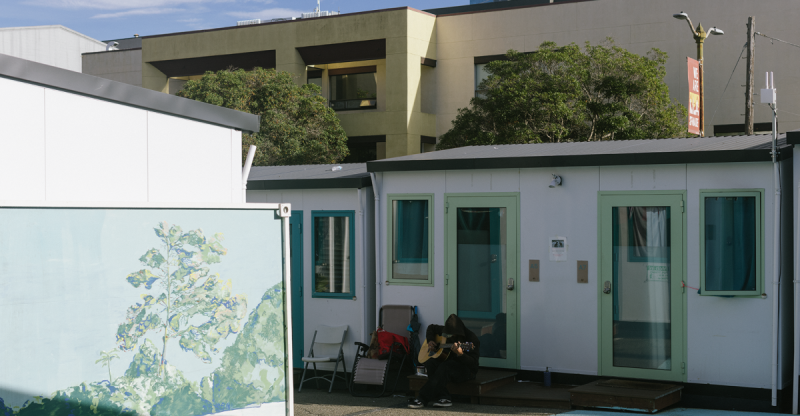
The American landscape is dotted with cities grappling with a persistent and complex issue: homelessness. Traditional approaches, often focused on shelters and emergency aid, have yielded mixed results. Now, a growing number of municipalities are experimenting with a two-pronged strategy: the construction of tiny homes and the implementation of stricter laws regarding public camping and sleeping. This approach, while controversial, is generating significant debate and prompting important questions about the effectiveness of different strategies in tackling this multifaceted problem.
The rise of tiny home communities offers a potential solution to the immediate housing shortage faced by many experiencing homelessness. These small, self-contained units provide a degree of privacy and stability, often coupled with support services such as job training, mental health care, and addiction treatment. While not a panacea, proponents argue that tiny homes provide a pathway out of homelessness, offering a stepping stone to more permanent housing. However, concerns persist about the sustainability and long-term viability of these communities, including issues surrounding land acquisition, funding, and ongoing maintenance.
Simultaneously, many cities are adopting stricter ordinances regarding public camping and sleeping. These laws often criminalize homelessness, leading to arrests and fines, and raise ethical concerns about the criminalization of poverty. Critics argue that these measures only displace individuals, pushing them further into the margins and failing to address the root causes of homelessness such as poverty, mental illness, and lack of affordable housing. Furthermore, the enforcement of these laws can strain already overburdened law enforcement resources.
The effectiveness of this combined approach remains a subject of ongoing debate and research. Some cities have reported success stories, demonstrating a reduction in homelessness through a combination of providing housing and enforcing public order laws. However, others have seen limited success, highlighting the complexity of the issue and the need for tailored, context-specific solutions. The debate underscores the need for a comprehensive approach that addresses both the immediate needs of individuals experiencing homelessness and the underlying systemic issues that contribute to the problem.
Ultimately, the question remains: is this a viable long-term solution, or simply a temporary fix? The answer likely lies in a nuanced approach that balances compassionate support with responsible urban planning and a commitment to addressing the root causes of homelessness. The ongoing experimentation and rigorous evaluation of these different strategies are crucial in shaping effective and ethical solutions for the future.










